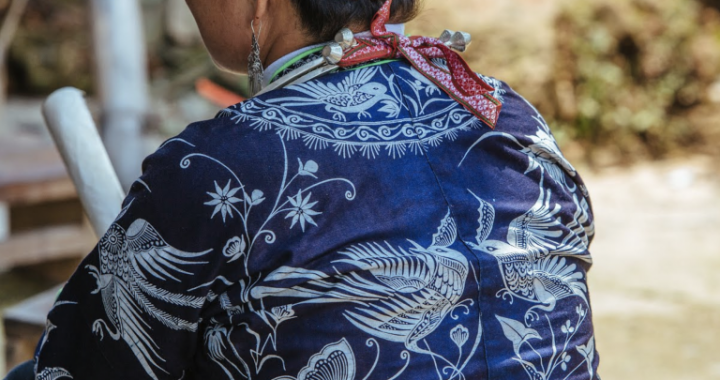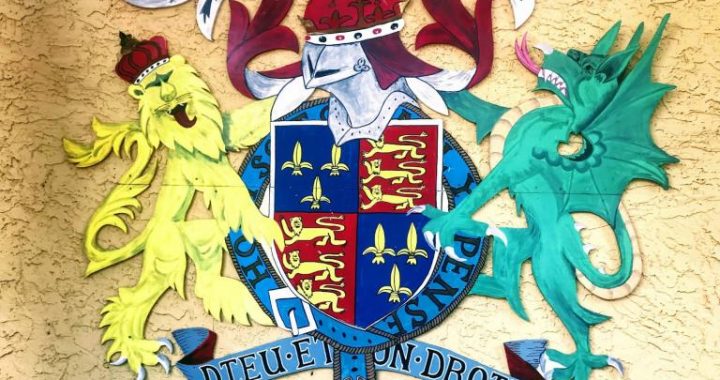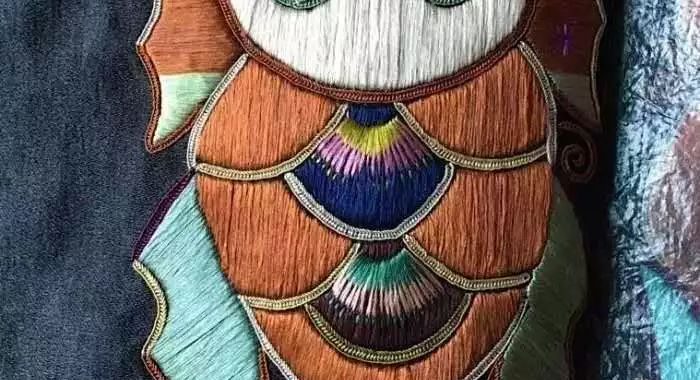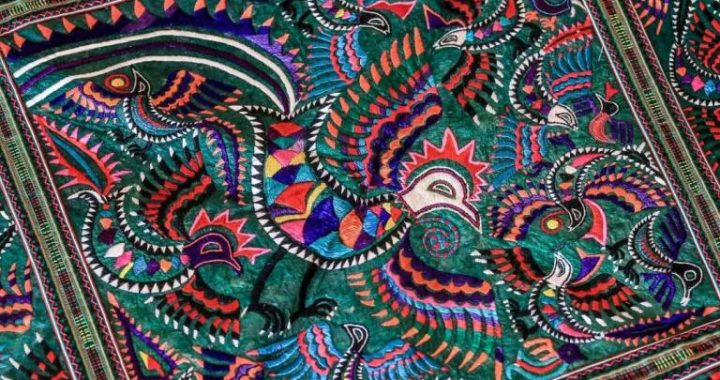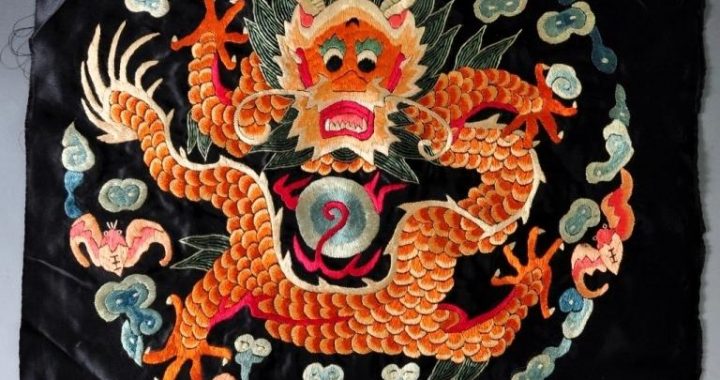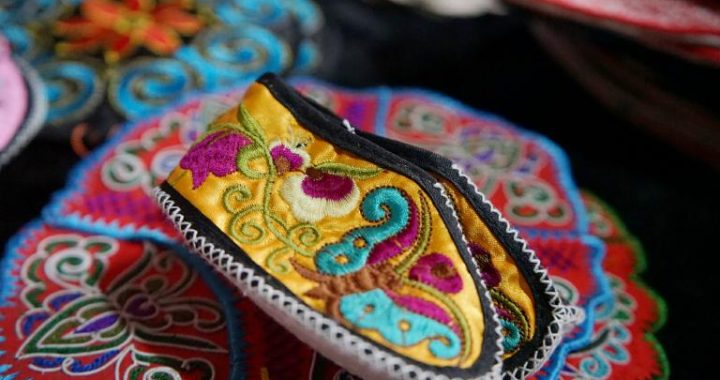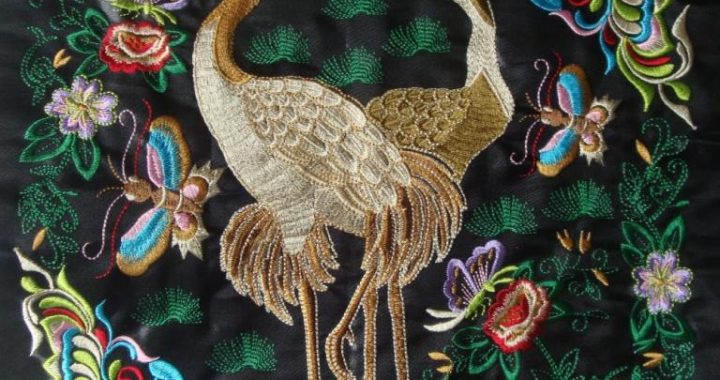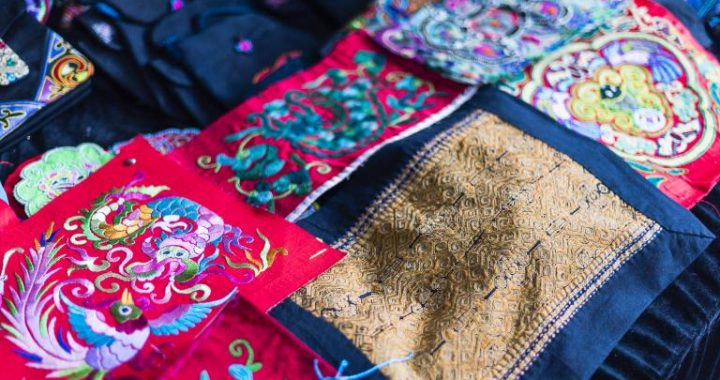Capital of Silk and Three Official Weaving Workshops
3 min read“In March puffed with warm spring breeze,everywhere in Jiangnan is busy with sericulture;the woman weaver reels the raw silk,and begins to weave on the loom.”
(Ming dynasty)
In May 1956,the Dingling Mausoleum of Ming Emperor Wanli,which had been buried for more than three hundred years,was uncovered.A large number of funera treasures were unearthed,of which the most prominent items were over 640 textile costumes of the emperor and his two empresses,which covered almost all kinds of silk textiles of the time,such as twill damask,gauze,brocade,satin,plain silk,tabby,Kesi and embroidery.The whole mausoleum was just like a huge wardrobe,manifesting the top achievement of silk production of the Ming dynasty.
In the Chinese silk history,people often juxtapose the Ming and Qing period together with the Han and Tang period as another highlight of silk production.

During this time,the silk industry was not only developed in amount,but incraftsmanship as wel1,especially in terms of the enhancement of patterning technique,which enabled production of exquisite textiles,such as the famous Zhangzhou velvet,Zhangzhou satin and Cloud brocade.Meanwhile,characteristic local embroideries took shape across China,and silk production in the south-eastern region in particular,kept expanding,and took the lead in the country.
Capital of Silk and Three Official Weaving Workshops Due to his civilian experience before taking throne,Zhu Yuanzhang,founder of the Ming dynasty,attached great importance to sericulture.Nanjing was designatedas the national capital in the first few decades of Ming,sericulture accordingly boomed around the area,and the south-eastern region of China became the centre of national silk production,while Suzhou,Hanghzou,Songjiang,Jiaxing and Huzhou in particular were the five most important cities.By the Qing dynasty,three official weaving workshops were respectively set up in Jiangning(modern-day Nanjing),Suzhou and Hangzhou,exclusively producing textiles for the court.Among the three workshops,the one in Jiangning is the most noteworthy,as the grandfather and uncleof Cao Xueqin,author of the great novel Dream in the Red Mansion,were successivelyassigned as the Head of the Jiangning Official Weaving Workshop.On the other hand,the workshop in Suzhou had once been appointed to accommodate the emperor during his tour in the south.
During the Ming and Qing period,the plain region among Hangzhou,Jiaxing and Huzhou,bordered by the surging Qiantang River and the misty and vast Lake Tai,waspraised as Capital of Silk due to the top quality silk produced here.As commented in a poem,”one came all the way to Hangzhou,half for the West Lake and half for its silk”.The ancient Grand Canal and the interlacing watercourses linked innumerous towns and villages together.In every spring when mulberry trees began toleaf,silkworm farmers worked day and night in mulberry groves and silkworm-breeding rooms,and silkworms were taken care of just like babies of the farmers.By the time when newly produced silk was ready to go on market,silkworm farmers would offer silk in front of statues of the Silkworm Goddess,light incense and knock their heads to thank for the blessing of the goddess.Then silk was sent out by boats to all over China or exported to other countries.In the meantime,in was an open secret among silk traders that the best raw silk was produced in Huzhou of Zhejiang province,and as a saying went,”Huzhou is the best place for rearing silkworms,and fresh silk produced here marvels the whole country”.Therefore,Huzhou silk became the most popular goods both in China and abroad.It was even applied by other silk production sites like Suzhou and Songjiang as raw material.
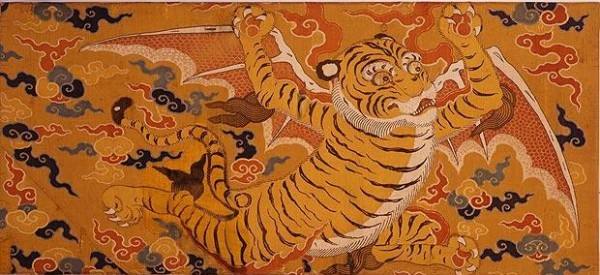
The prosperity of silk production in the Ming and Qing dynasties was based onthe significant progress of silk craftsmanship. During the period, the industry underwent unprecedented transformation, including renovation of techniques, improvement of looms, increase of colors and patterns, and invention of new silk species. Let’s take a look at the satin robe with patterns of gourd and character of longevity excavated from the Dingling Mausoleum for example. The main pattern was weaved by three kinds of alloy thread, namely the silvery platinum thread, yellow alloy thread with 12% of silver and red alloy thread with 2% of silver, to portray various patterns of dragon, cloud, cliff and seawater. The whole robe shines magnificently and demonstrates the highest achievement of Chinese silk of the time.
